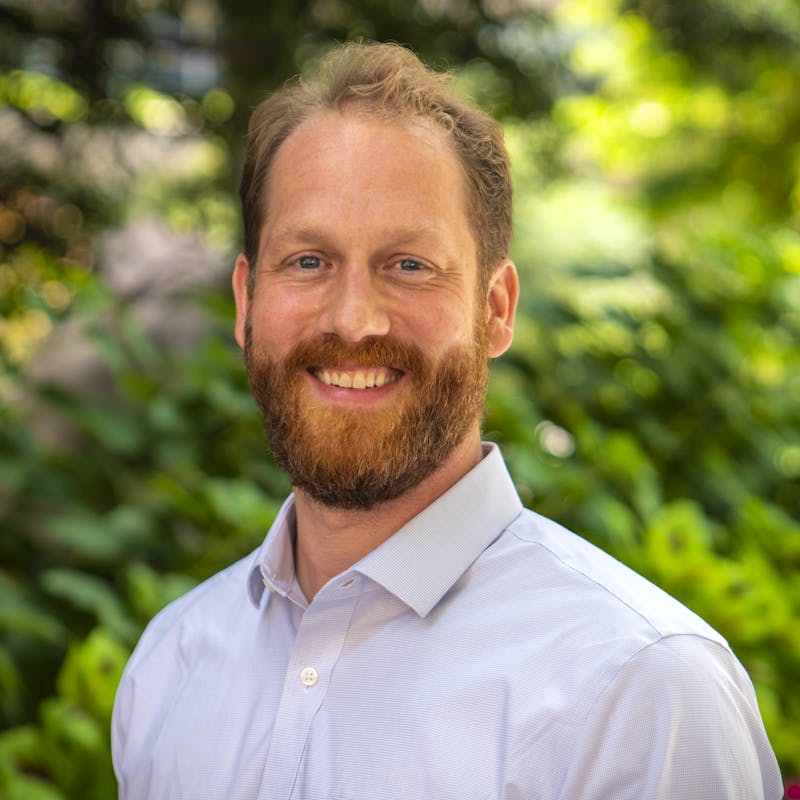Four million acres of land sounds like a lot — and it is. That acreage is comprised of Southwest Florida wetlands, woodlands and prairies that provide habitat critical to more than 100 protected species, extending east, north and south from Sarasota across parts of 12 counties.
Within this area is Florida’s Greater Everglades ecosystem, which since the dawn of time has been home to Florida panthers, manatees, wood storks, bonneted bats and countless other species. And, while landscapes and habitats change over time, they don’t move — unlike people who move frequently and fast.
Now approaching 23 million residents, Florida is currently the fastest-growing state in the country, with some 1,200 new residents moving in every day. This rapid growth drives up demand for new development, which is estimated to wipe out 2.2 million acres of Florida farmland by 2070. Developers seeking new places to meet demand are all too often willing to pave over natural landscapes which displaces wildlife and degrades Florida’s wild character. Urban and suburban sprawl and infrastructure create a growing problem in need of a solution.
Enter the Everglades to Gulf Conservation Area: a solution with 4 million acres of potential.
A Solution for All Species
The Everglades to Gulf Conservation Area traces a huge perimeter around lands anchored by the Florida Panther National Wildlife Refuge and Everglades Headwaters National Wildlife Refuge and Conservation Area. The area is comprised of rural ranches, farms and other large plots of land, many of which are privately owned by Florida families willing to protect the wildlife in and around their properties.
These lands create a mosaic of habitats vital to Florida panthers, black bears, manatees and other species. National Wildlife Refuges within them play an essential role, but can become islands in a sea of privately-owned lands subject to rampant development. Inclusion of these lands in the Everglades to Gulf Conservation Area, which is now part of the National Wildlife Refuge System, allows critical parts of that mosaic to permanently join and remain interconnected, working habitats.
As a staunch advocate for the National Wildlife Refuge System, Defenders lauds the conservation area model as a huge win for Florida wildlife, with plenty to celebrate.
Everglades to Gulf: Florida’s Big Win-Win-Win
The Everglades to Gulf Conservation Area is a win-win-win solution. It's a win for wildlife, a win for the economy and a win for people.
The benefits to wildlife are perhaps the most obvious. By protecting and connecting habitats across a vast network of lands and waters, this area gives Florida’s incredible biodiversity a chance to thrive.
The more lands and waters that get protected, the more visitors will want to see and experience Florida’s wild character. This becomes a tremendous boon to Florida’s already significant tourism and recreation industries, from beaches to parks and everything in between. For state residents at large, healthy ecosystems mean healthy soil for agriculture, reliable sources of clean drinking water, and better odds of withstanding the effects of a changing climate.
Development pressure threatens not only habitats, but also ranchers and farmers. Everglades to Gulf conserves Southwest Florida’s cultural heritage, traditions, and rural ways of life for future generations of ranchers and farmers to pass along. If this vision is successful, it will give landowners a chance to protect the future of their way of life while providing wildlife the ability to move freely without barriers and artificial boundaries.
We hope you will join us in celebrating this important milestone for conservation in Florida. Defenders of Wildlife will continue to advance a bold and pragmatic approach to conserving landscapes and the species that depend on them. With the Everglades to Gulf Conservation Area providing incentives for effective conservation and an expansion of the National Wildlife Refuge System, we can all support and embrace a shared vision for Florida’s wild future.











